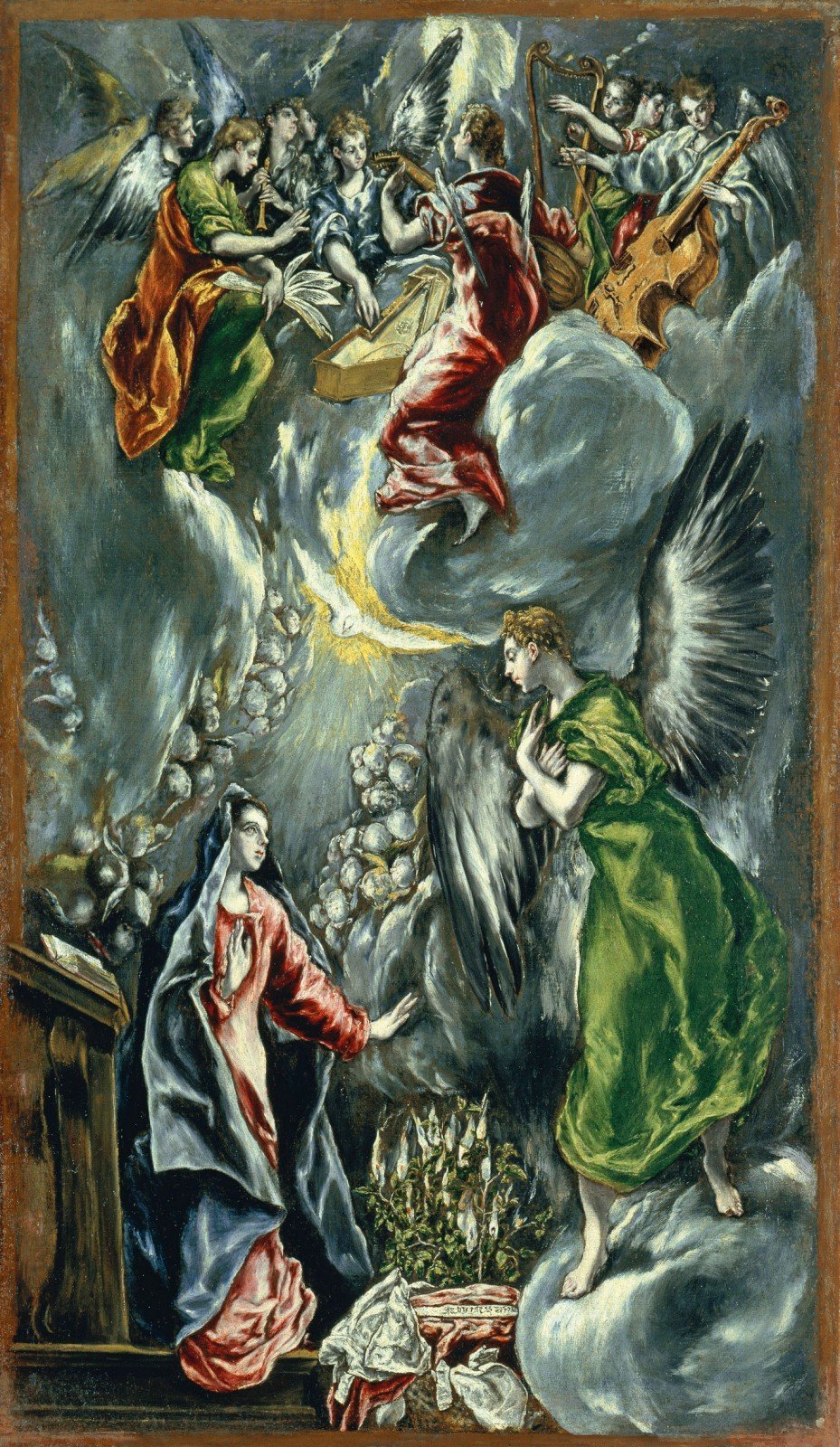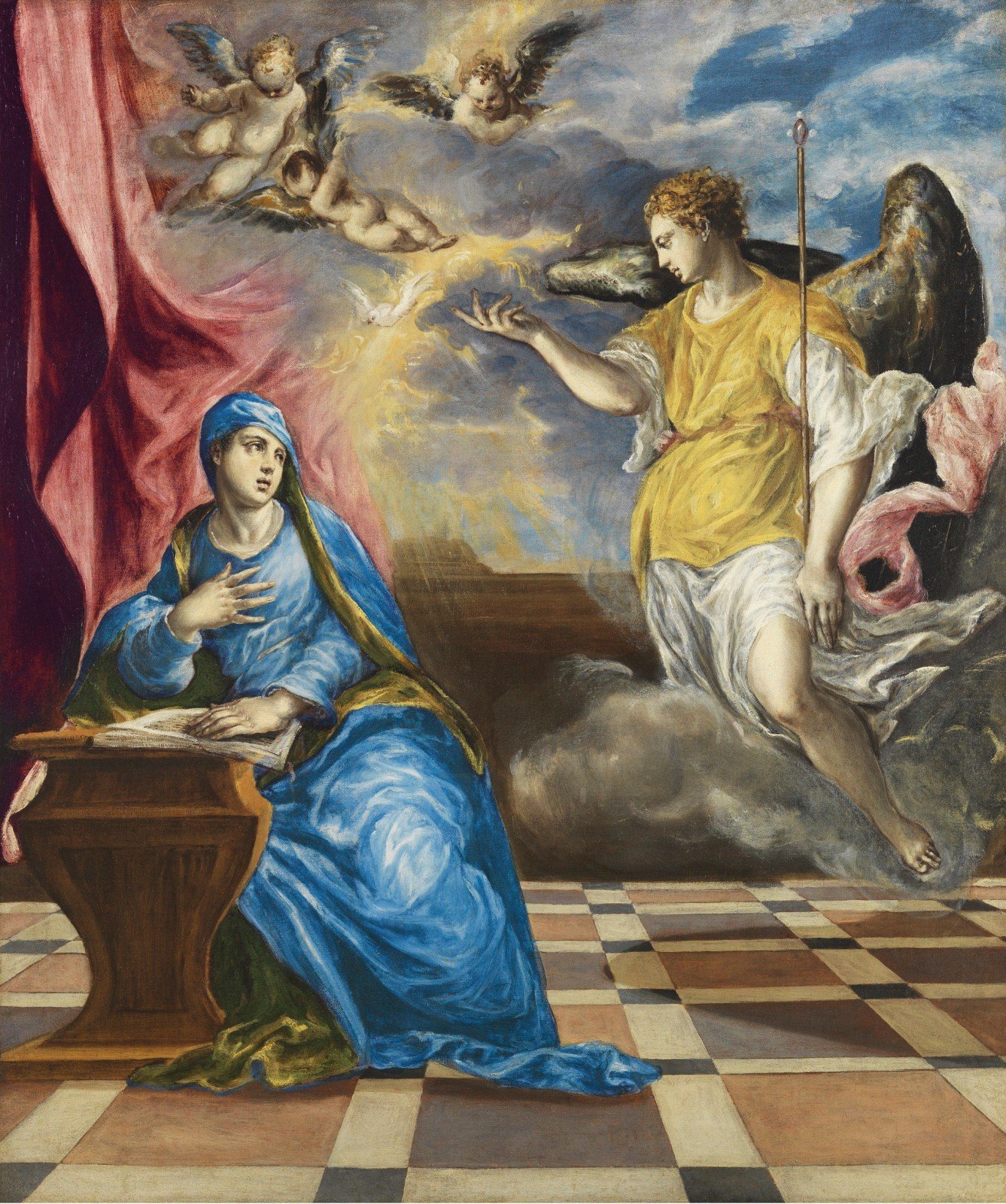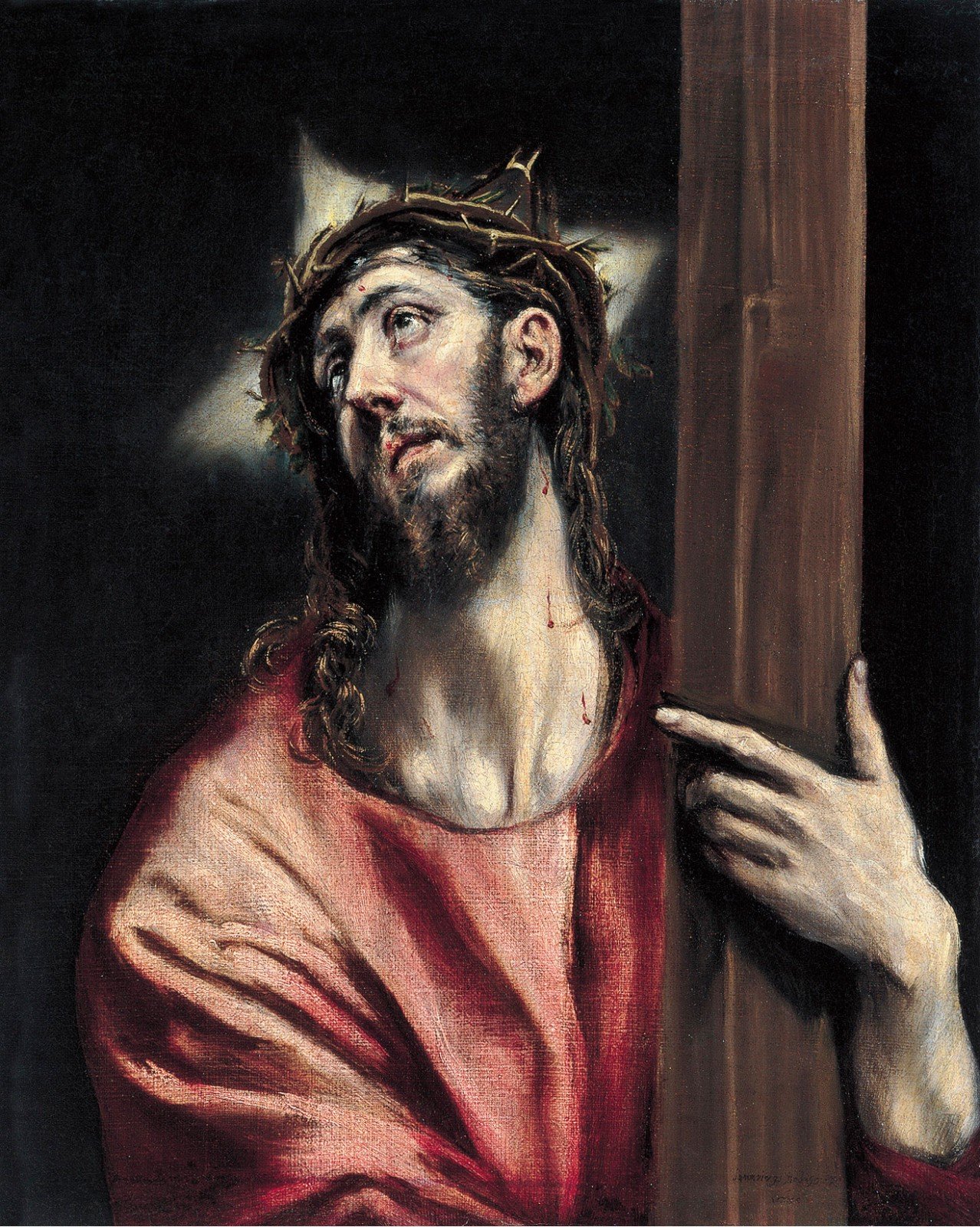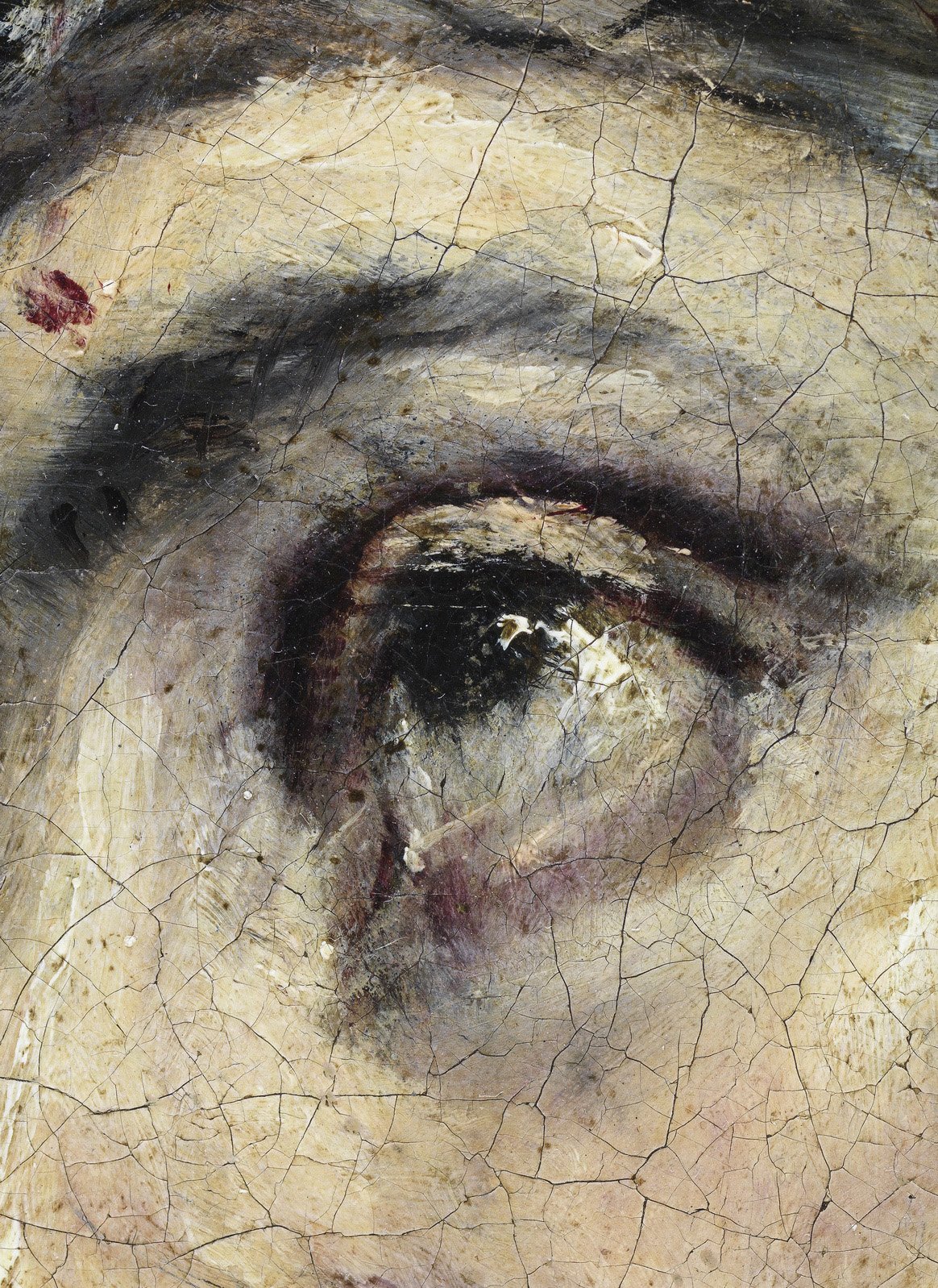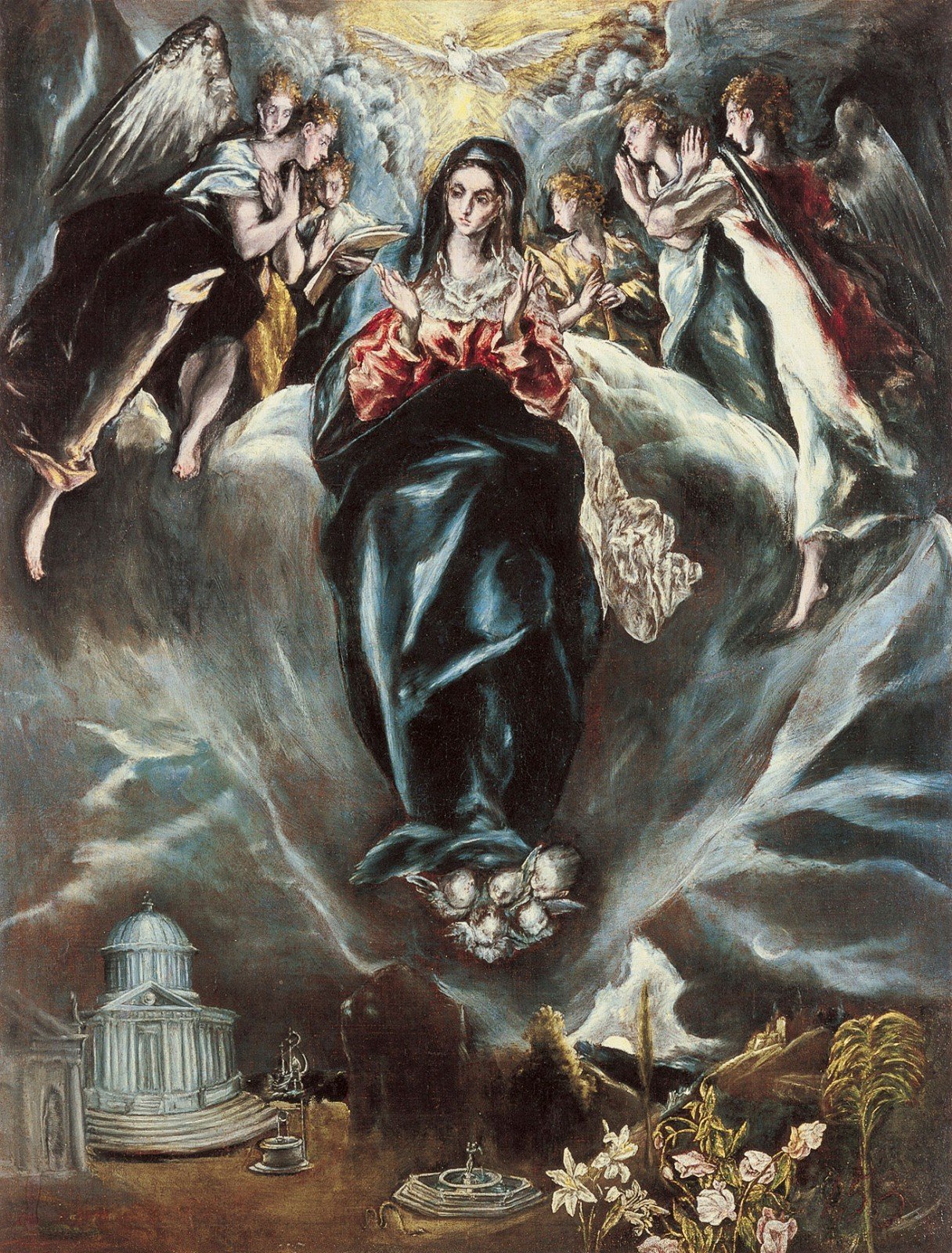El Greco: in Madrid a tribute to the European genius, 400 years after his death
- El Greco, “Annunciation”, 1596-1600, Museo Thyssen-Bornemisza
- El Greco, “Annunciation”, 1576, Museo Thyssen-Bornemisza
- El Greco, “Christ embraced the cross”, 1587-96, Museo Thyssen-Bornemisza
- El Greco, “Christ embraced the cross”, detail, 1587-96, Museo Thyssen-Bornemisza
- El Greco, “The immaculate Conception”, 1608-14, Museo Thyssen-Bornemisza
Among the most original artists who worked in the second half of the sixteenth century is to be considered Domenico Theotokopoulos called El Greco (Candia 1541 – Toledo 1614). Conceptual fine arts wants to remember the artist at the beginning of this year that marks the 400th anniversary of his death. And speaking of his art, we points out how the originality of style can be a double-edged sword at all times: always teetering between success and misunderstanding.
El Greco received his first training in Crete, and before turning 26 he moved to Venice, where he had the opportunity to work with Titian. At that time El Greco was attracted by the most dramatic aspects of the art of Tintoretto. A summary of the influence of both Titian and Tintoretto in his art, combined with the typical dreamy El Greco language, can be spotted in the work entitled “Christ who heals the blind man”, preserved at the National Art Gallery of Parma (link). Around 1570 the artist went to Rome, where his style aroused much astonishment among the painters that were accustomed to express themselves through the models of Michelangelo and Raphael (it is no coincidence that, in order to stay in Rome, El Greco sought the support of the patron of art, Cardinal Farnese: a man who had a proven sensitivity to paintings by Titian).
El Greco also went to seek his fortune at the court of Philip II, hoping to work on the decoration of the Escorial. The king asked him for works, but those did not meet his taste: Philip II (who would welcome the works of Titian, Luca Cambiaso, Pellegrino Tibaldi and Federico Zuccari) could not understand the creative autonomy of the artist. The violent tensions in color, the unreal space, the mellow or coated shades, the undulating contours of the figures and their painful expression seemed too shocking to the sovereign. So the artist retired to Toledo until the end of his life, where his art was much appreciated by the large audience, thanks to the immediacy of his style which proved to be capable of awakening, emotionally, their religious spirit.
What the nobles did not appreciate was thus admired by the people. In order to have a proper experience of an artistic fact, freedom from rigid patterns of interpretation is indeed required. Having a style out of the main models in vogue had also penalized the artist Lorenzo Lotto (Venice 1480 – Loreto 1556). At a certain moment of his career he was forced to look for buyers around Italy, even in the most remote areas. He was in fact rejected in Rome, where Raphael was the leader. Lotto was also too far from the taste of his city, Venice, dominated at that time by the painting of Giorgione and Titian.
With regards to this latter concept, it is interesting to recall what the contemporary artist Giuseppe Penone told Coceptual Fine Arts a few months ago, while talking about the beginning of the Arte Povera movement: “Many people think that the Arte Povera is more difficult to understand than other more traditional movements. But it is a mistake. This kind of works are to be considered incomprehensible only if you think that art should be easel painting or stone sculpture. But if you do not have preconceived ideas about what is art and what is not art, then the experience of a work of Arte Povera becomes a simple matter, especially for someone who is not an art expert”.
To mark the 400th anniversary of the death of El Greco, the Museo Thyssen-Bornemisza is holding the exhibition “El Greco. From Italy to Toledo” until March, 2 (free entry). It presents the results of the technical studies undertaken by the Museum’s Restoration Department on four works by the artist in the Permanent Collection: The Annunciation, ca.1576; Christ embracing the Cross, ca.1587-1596; The Annunciation, ca.1596-1600; and The Immaculate Conception, ca.1608-1614. Studying paintings from different periods of the artist’s career, and painted in different places, represents an outstanding opportunity for an in-depth analysis of El Greco’s technical and conceptual evolution during two notably contrasting periods of his life, separated by a period of approximately two decades.
El Greco’s artistic formation appears to be an ongoing evolution, in which Crete, Venice, Rome and Toledo have all played a role. The results of the research project now on show at the Museo Thyssen-Bornemisza emphasises that in the early period the artist’s knowledge of materials was determined and influenced by Italian artists (as proved, for example, by the architectural type of composition revealed by x-radiography and infra-red reflectography). Then, when he went to Spain, El Greco made almost no use of under-drawing and employed a looser, more subjective type of brushwork, mixing impasto, and glazes with no preconceived order. The final years of the artist’s career represent the culmination of a unique, highly individual style in which the figures are elongated and sketched out with impressionistic brushstrokes in a reflection of El Greco’s intellectual and technical maturity.
December 18, 2017

